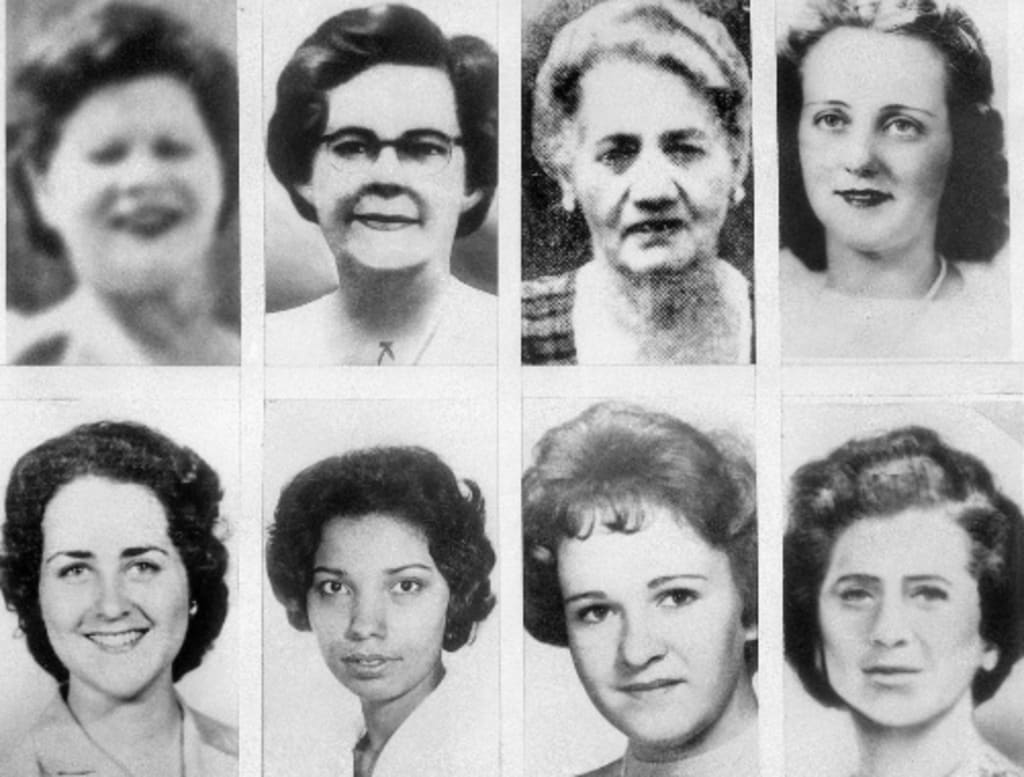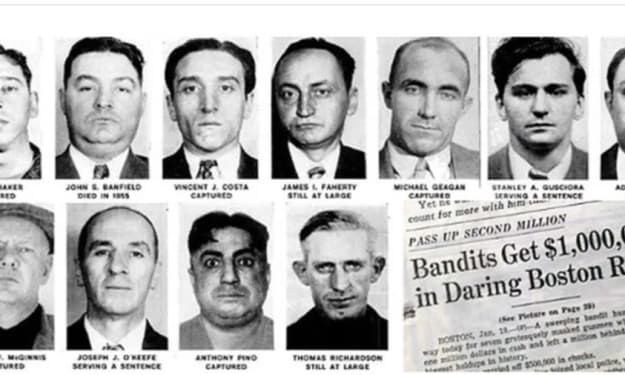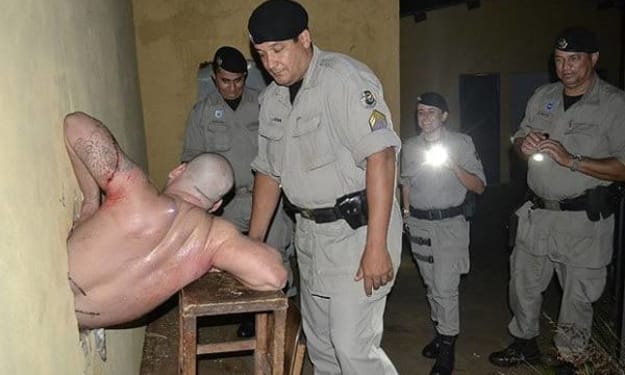The Boston Strangler: Unraveling the Mystery of a Notorious Serial Killer
From June 14, 1962, to January 4, 1964, the Boston Strangler's reign of terror saw 13 women brutally murdered in their own homes. The victims, aged 19 to 85, were all sexually assaulted and strangled, creating a climate of fear and paranoia throughout the city. The killer's ability to gain entry without signs of forced entry baffled investigators and left the community gripped with anxiety, as no one knew whom to trust in the face of this horrifying threat.

The chilling saga of the Boston Strangler gripped the nation during the early 1960s. Between 1962 and 1964, 13 women were brutally murdered in the Boston area, and the fear and panic that ensued left an indelible mark on the city. This notorious serial killer, believed to be Albert DeSalvo, was eventually caught and confessed to the murders, but lingering doubts and controversies still shroud the case. The story of the Boston Strangler is not just a tale of terror but also one of resilience, community vigilance, and the relentless pursuit of justice.
A City in Fear
The Boston Strangler's reign of terror began on June 14, 1962, when 55-year-old Anna Slesers was found murdered in her apartment. She had been sexually assaulted and strangled with the belt of her bathrobe. Over the next two years, 12 more women would meet similar fates, their lives cut short in a gruesome pattern of sexual assault and strangulation.
The victims ranged in age from 19 to 85 and came from diverse backgrounds, yet all were found in their own homes, leading to widespread fear and paranoia. The killer's ability to gain entry into the victims' homes without signs of forced entry suggested he was either exceptionally persuasive or posed as someone trustworthy. This fear led women to distrust even those they knew, as the Boston Strangler's method remained elusive.
The Investigation
Law enforcement faced immense pressure to solve the case, but the investigation was hampered by a lack of solid leads and a clear profile of the killer. The Boston Police Department, along with the Massachusetts State Police and other agencies, worked tirelessly, but the random nature of the killings made it difficult to identify a pattern.
In late 1964, a breakthrough came when Albert DeSalvo, a man already in custody for unrelated crimes, confessed to being the Boston Strangler. DeSalvo's confessions were detailed and included information only the killer would know. However, he was never formally charged with the murders due to a lack of physical evidence, and his confession was met with skepticism.
Albert DeSalvo: The Confession and Controversy
Albert DeSalvo, a man with a troubled past and a history of sexual assault, confessed to the Boston Strangler murders while serving time for other crimes. His detailed confessions seemed to fit the facts of the case, and he was widely accepted as the culprit. However, several factors cast doubt on his guilt.
Firstly, DeSalvo's confessions came during a period of intense psychiatric evaluation, leading some to question his mental state and the authenticity of his claims. Additionally, there was no physical evidence linking DeSalvo to the crime scenes, and he was never charged with the murders. The inconsistencies in his accounts and the possibility of false confessions left many wondering if the real Boston Strangler had escaped justice.
Advances in Forensic Science
In 2013, nearly 50 years after the last murder, advances in forensic science provided a breakthrough. DNA evidence from the crime scene of Mary Sullivan, the final victim, was matched to Albert DeSalvo, providing a more conclusive link to at least one of the murders. This discovery reinforced the belief that DeSalvo was indeed the Boston Strangler, but questions still linger about whether he was responsible for all 13 murders.
The Enduring Legacy
The Boston Strangler case has left an enduring legacy in both popular culture and the field of criminal justice. It has inspired numerous books, movies, and documentaries, each exploring the dark complexities of the case. The fear and paranoia that gripped Boston during those years serve as a reminder of the vulnerability that can permeate even the most seemingly secure communities.
Lessons Learned
The investigation into the Boston Strangler murders highlighted the importance of community vigilance and the need for advancements in forensic technology. The case underscored the necessity for law enforcement agencies to work collaboratively and to remain open to new methods and technologies that can aid in solving crimes.
The resilience of the Boston community, in the face of such terror, is a testament to the strength and unity that can emerge from adversity. The ongoing efforts to seek justice for the victims demonstrate the enduring commitment to ensuring that such horrors are not repeated.
About the Creator
Jane Doe
As a passionate storyteller, I captivate readers with engaging, well-researched articles across genres from criminality and poems to lifestyle and more....
Join me for insights, tips, and narratives that inform and entertain.
Enjoyed the story? Support the Creator.
Subscribe for free to receive all their stories in your feed. You could also pledge your support or give them a one-off tip, letting them know you appreciate their work.






Comments
There are no comments for this story
Be the first to respond and start the conversation.